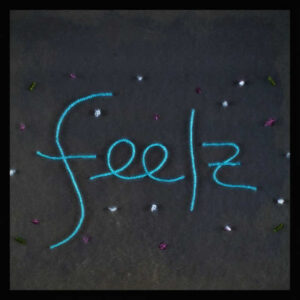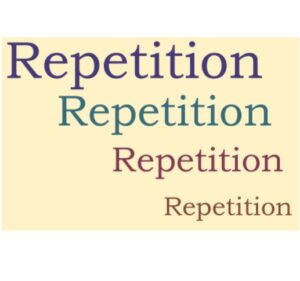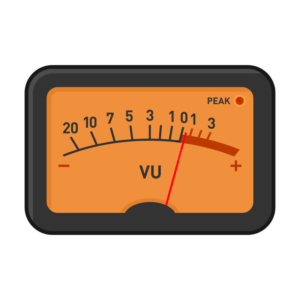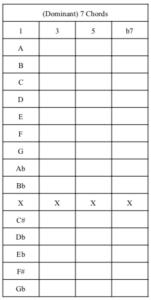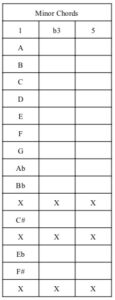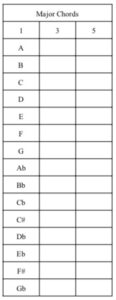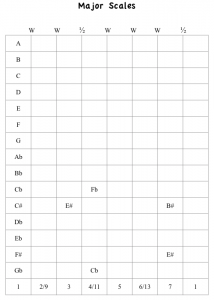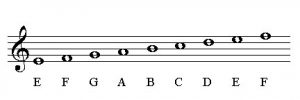Art of Music #4- Feel
The combined features of a piece of music cause listeners to feel certain ways. Movies use this knowledge to set the mood for the scene with music. Performers judge the crowd’s energy and adjust their song order. Composers dive into their lyrics and fashion music to surround the words with the right mood. As an …

